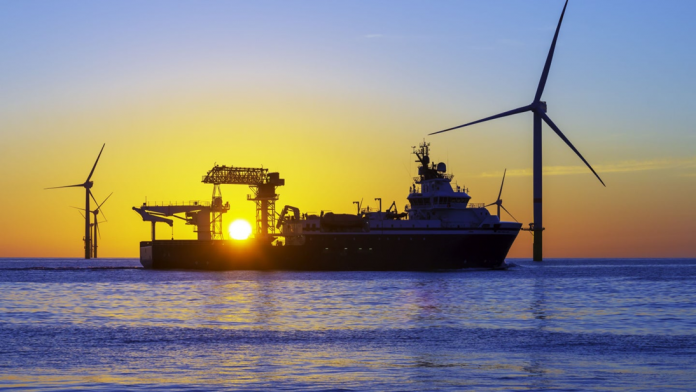From the 1st of January 2023 CII is an obligatory measure for all cargo, Ro Pax and cruise vessels above 5000 gross tonnage and trading internationally. Based on the CII rating a ship is assigned a ranking in letter grade format (A, B, C, D, or E) indicating a major superior, minor superior, moderate, minor inferior, or major inferior, performance level. A ship continually rated D for three years or E rating in a single year will require to submit a remedial action plan to show how to acquire index rating C or above.
In may 2022 Blue Sky Maritime Coalition published a report which claims that the rating methodology for the Carbon Intensity Index (CII) being proposed by the IMO has flaws in it. They proposed two main flaws that are
- the CII regulation does not address decisions taken by Charterers that impact the CII. In this way the approach unfairly penalizes vessel Owners for formulaic outcomes, the results of which are beyond their control.
- the CII formula’s focus on perceived efficiency overly favors longer voyages and incentivizes activity which may often produce higher absolute levels of carbon emissions. Ships are unfairly punished with low CII grades, not because of any technical deficiency with the ship itself, but rather resulting from the trading pattern (e.g., short voyages and/or frequent waiting time) required to satisfy charter requirements.
Implementation of an effective regime to reduce carbon emissions needs to address these two identified concerns in the current CII approach in order to succeed in the long-term goal of reducing overall emissions produced by the maritime industry.
The CII is calculated using the following formula: The numerator is the ship’s total CO2 emissions during the calendar year, regardless of whether the ship was sailing with a loaded or ballast draft, discharging cargo in port, anchored, maintaining cargo during the passage (refrigeration, heating or special services) or engaged in any other typical activity. The denominator is the vessel’s official deadweight tonnage multiplied by the total miles traveled during the year, again regardless of the activity or condition of the vessel. Some correction factors are currently considered for certain activities. As you can see from the formula, a vessel anchored all year round and running its generators could theoretically achieve a CII of infinity.
The concept of CII lacks a bit of consistency in standards; the regulation accounts for voyage adjustments and correction factors such as for ice class ships, chemical tankers, shuttle tankers etc., similarly fuel consumption deductions can be applied for electrical consumption for refer cargos, cargo cooling and reliquefication in gas carriers. The correction factors further covers the discharge pumps, boiler accounting for cargo heating and discharge on tankers. it is pretty obvious that there are a wide range of correction factors for tankers that can be applied for its operational fuel usages, whereas other ship types like feeder vessels are left unaccounted but shuttle tankers are accounted.
Considering all these, CII sometimes doesn’t fully reflect on the operational profile of a lot of ships nor on the voyage efficiency as such. Or in other words, there could be ships operating in longer voyages having good CII rating burning more fuel than required.
Due to above reasons CII puts the ship owner in a situation where he is accountable for the factors such as, if the vessel makes short trips or long trips, or even how fast the vessel needs to transit between ports in order to bein position for when the third-party terminal is ready to transfer the cargo to or from the vessel, which are not in his control.
Another shortcoming of the CII is that it does not take into account the actual weight of the cargo carried by the ship during the year. Instead, it is assumed that the ship carries its full rated DWT capacity all the time. This makes it impossible to distinguish and reward vessels that are operated more efficiently on a ton-mile basis by their owners and/or charterers. A ship that transports more cargo over longer distances throughout the year brings greater benefit to society per unit of emissions than a ship that sails empty for most of the year.
The situation of owner bearing the consequences of decision taken by the charter shall be improved by mutual assumption of responsibility of both the Charterer and vessel Owner must find accommodation to incentivize the common goal of emission reduction more fairly. To accomplish this effort, both parties must have transparent negotiations under a new era of chartering contracts where environmental key performance indicators are shared amongst both parties.
Reference:
ISWG-GHG 12/2/6, CONSIDERATION OF ANY ISSUE ARISING FROM THE FINAL REPORT OF THE CORRESPONDENCE GROUP ON CARBON INTENSITY REDUCTION, CII correction factors for ships engaged in short voyages, Submitted by Liberia, 1 April 2022.
IMO Resolution 328(76) (Amendments to MARPOL Annex VI)
A Perspective on IMO Efficiency Measures: Opportunities for Improvement, Blue sky maritime coalition
Author: Aparna Raju




